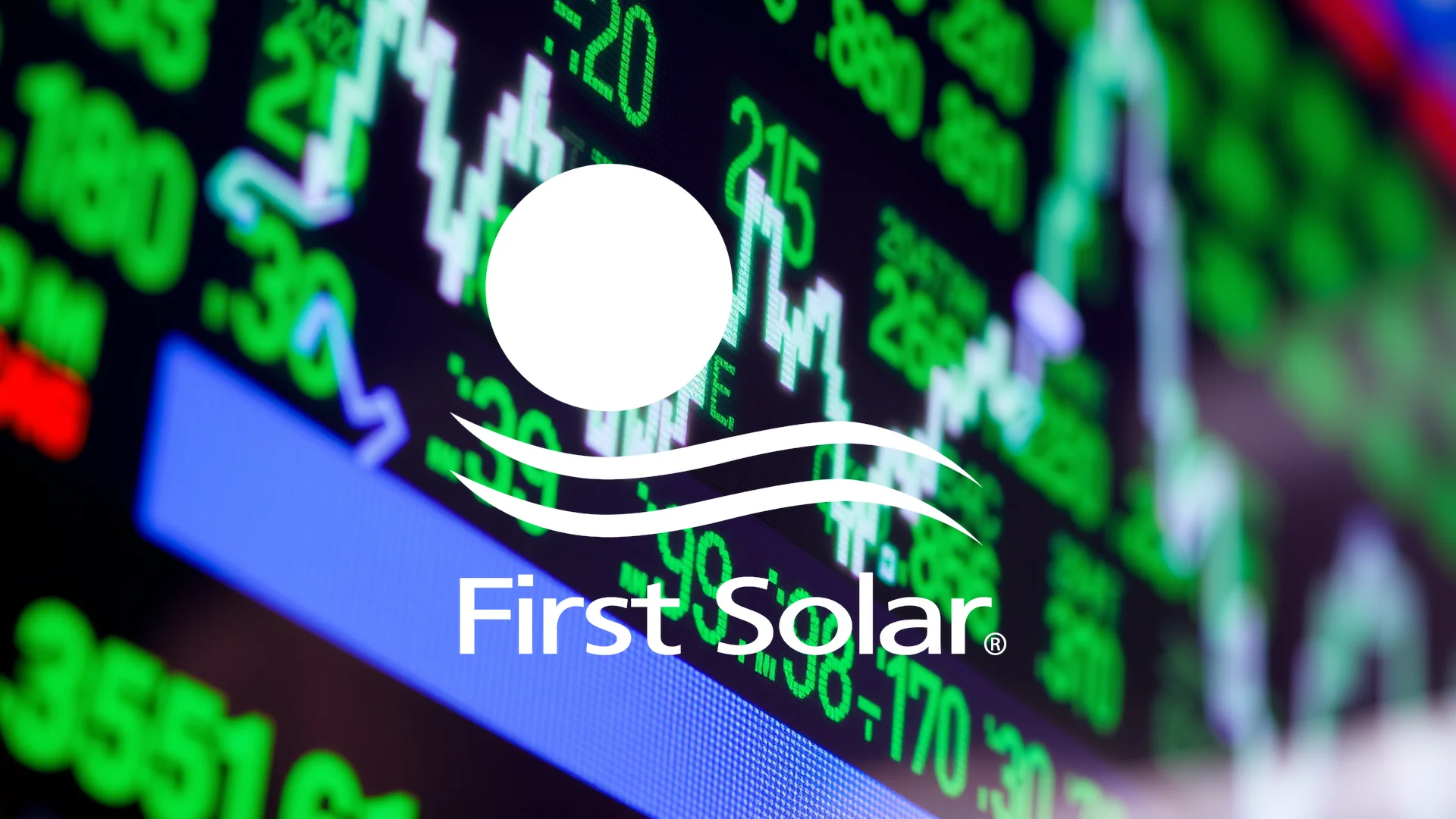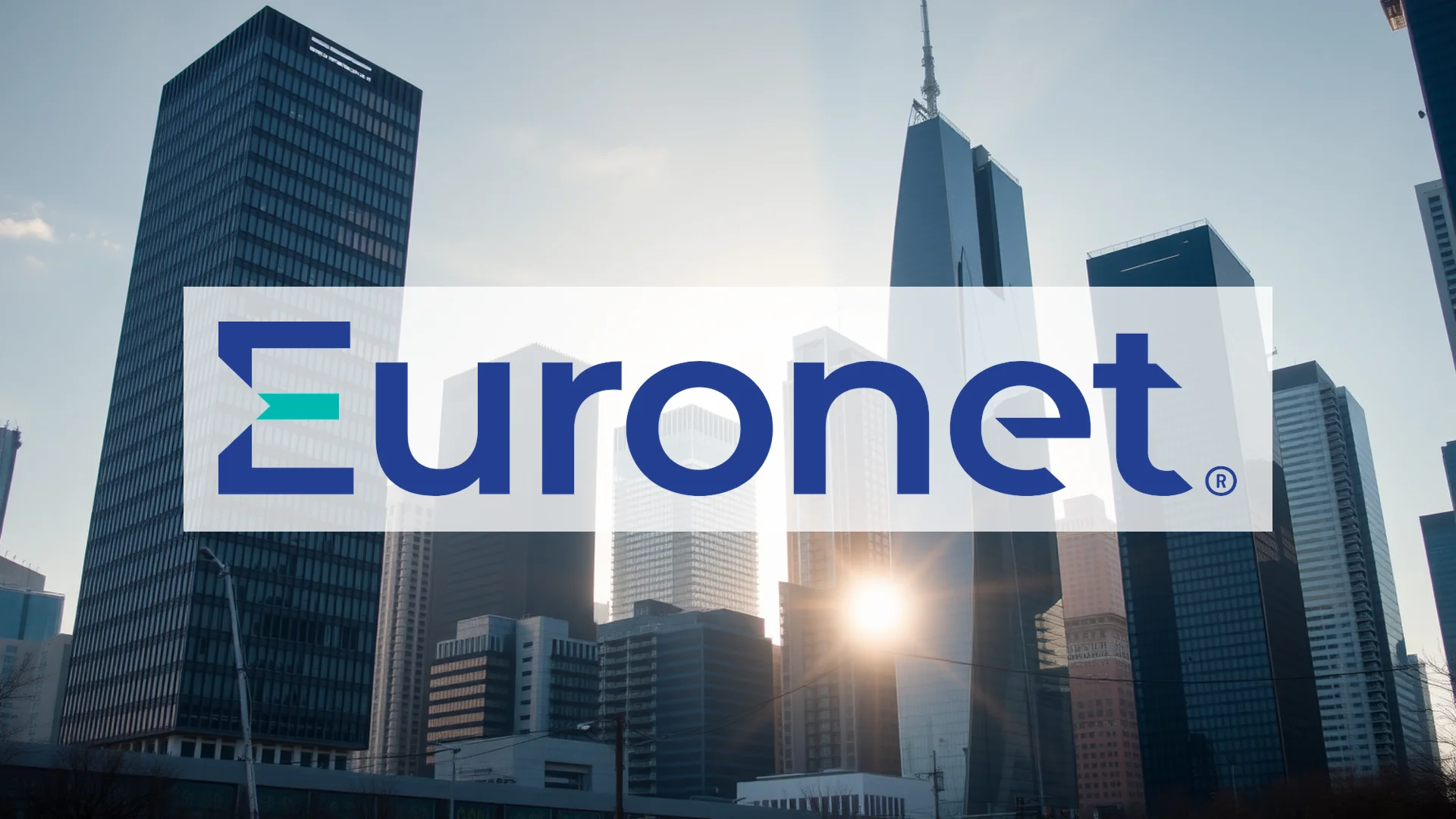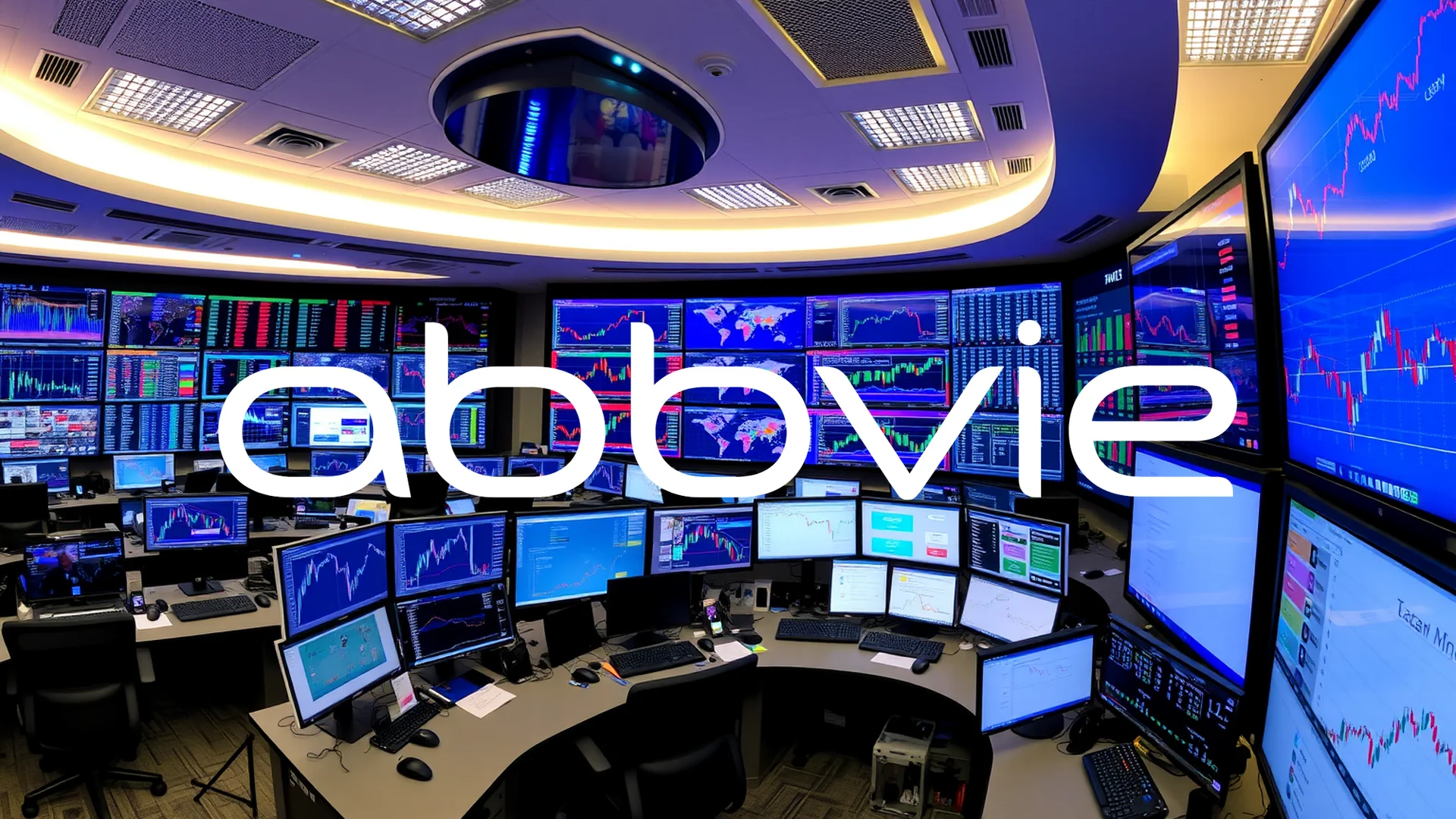The solar energy sector currently presents a tale of two contrasting realities, perfectly illustrated by the recent trajectories of two industry leaders: panel manufacturer First Solar and microinverter specialist Enphase Energy. Both are pivotal to the global transition to green energy, yet their latest quarterly results and the subsequent market reactions could not be more different. As First Solar scales new heights on a wave of robust demand, Enphase Energy finds itself navigating a significant downturn, creating a clear divergence for investors.
A Quarter of Contrasts
First Solar’s Commanding Performance
First Solar delivered a powerhouse performance in the third quarter, showcasing formidable operational and financial strength. The company reported a substantial surge in revenue, reaching a net sales figure of $1.6 billion, alongside earnings of $4.24 per diluted share. A critical indicator of future performance—its project backlog for solar modules—swelled to an impressive $16.4 billion, signaling sustained, long-term demand from utility-scale clients. Further bolstering investor confidence was the announcement of a new 3.7-gigawatt production facility in the United States. This positive news flow propelled the stock to record highs, cementing a year-to-date performance that has seen its shares advance by over 50%.
Enphase Energy’s Bittersweet Report
Enphase Energy’s third-quarter report initially appeared stellar. The company comfortably surpassed analyst expectations, posting revenue of $410.4 million and an adjusted profit of $0.90 per share, significantly higher than the consensus estimate of $0.60. However, this triumph was short-lived. The company’s guidance for the fourth quarter, projecting revenue between $310 million and $350 million, fell dramatically short of market forecasts. This disappointing outlook triggered a massive sell-off, with the stock plunging more than 16% in the reporting week to touch a new 52-week low. Despite positive developments such as a new partnership with Green Mountain Power and share purchases by the CEO, the market remains fixated on near-term headwinds, including inventory reductions across sales channels and potential softness in the U.S. residential market.
Dissecting the Business Models
The starkly different market responses are rooted in the companies’ fundamentally distinct business structures and financial health.
| Metric | First Solar | Enphase Energy |
|---|---|---|
| Core Business | Utility-scale, thin-film modules | Residential/commercial microinverters & batteries |
| Q3 2025 Revenue | $1.6 billion | $410.4 million |
| Q3 2025 EPS | $4.24 | $0.90 (adjusted) |
| Key Strength | Domestic production & massive backlog | Technology leadership & high margins |
| Primary Challenge | Meeting high expectations & scaling production | Channel inventory glut & weak short-term forecast |
First Solar: The Utility-Scale Powerhouse
First Solar operates as a vertically integrated manufacturer, focusing primarily on large-scale projects for the utility market. This model provides significant revenue visibility through long-term contracts. A core strength is its “Made in America” strategy, which insulates it from geopolitical trade tensions with China and positions it as a prime beneficiary of U.S. manufacturing incentives like the Section 45X tax credits. Financially, the company is robust, boasting a net cash position of $1.5 billion and achieving a remarkable year-over-year revenue growth of nearly 80% last quarter.
Enphase Energy: The Residential Technology Leader
Enphase Energy has established itself as a technology and innovation leader in the residential and small commercial solar market. Its core products are microinverters, which optimize the energy harvest of individual solar panels, and IQ battery storage systems, making it a key player in the smart-home energy ecosystem. While its revenue base is smaller than First Solar’s, the company has historically commanded superior gross margins. However, its reliance on the residential sector makes it more vulnerable to economic downturns, interest rate sensitivity, and changes in local incentive programs. The current inventory overhang in its distribution channels is a direct reflection of these vulnerabilities.
Competitive Positioning and Market Sentiment
First Solar’s Defensive Moat
First Solar’s primary competitive edge lies in its unique cadmium telluride thin-film technology and its vertically integrated, U.S.-based manufacturing. This shields it from the intense competition and price pressure in the crystalline silicon module market, which is dominated by Chinese producers. As trade disputes persist and customers increasingly prioritize supply chain security, First Solar’s value proposition becomes more compelling.
Enphase’s Technological Prowess Under Pressure
Enphase competes with superior microinverter technology and a loyal, established network of installers. The company is a market leader in module-level power electronics, offering enhanced efficiency and safety compared to traditional string inverters. Its expansion into energy storage and electric vehicle charging stations creates a comprehensive home energy management system—a significant advantage in a maturing market. Nevertheless, Enphase faces mounting competition and the risk of commoditization within the inverter segment.
The Analyst Perspective
Market experts echo the current sentiment. The analyst community is overwhelmingly positive on First Solar, with the majority issuing “Strong Buy” or “Moderate Buy” ratings. Following the strong quarterly report, several firms, including UBS and Mizuho, raised their price targets, with some reaching as high as $335 per share.
The outlook for Enphase Energy is notably more cautious. The consensus rating has shifted toward “Hold” or “Reduce.” Although the quarterly results were solid, the weak forecast prompted numerous price target cuts. While the average price target still suggests potential upside from current lows, it reflects substantial uncertainty surrounding the company’s performance in the coming quarters.
Investment Thesis: Stability Versus Turnaround Potential
The investment cases for these two solar giants appeal to different risk appetites and time horizons.
The Case for First Solar: Investing in First Solar is a bet on the continued expansion of utility-scale solar and the strategic importance of a secure, domestic energy supply chain. The company offers clear revenue visibility through its enormous order backlog and is optimally positioned to capitalize on favorable U.S. government policy. Its strong balance sheet and expanding manufacturing footprint provide a solid foundation for sustained growth. The principal risk is execution—delivering on its expansion plans and maintaining its technological lead.
The Case for Enphase Energy: An investment in Enphase Energy represents a higher-risk, potentially higher-reward turnaround scenario. The company is a proven technology leader in a high-growth segment of the solar market. Its shares are currently trading at a significant discount to their previous highs, and recent insider buying may signal management confidence. If the company can successfully navigate the current inventory challenges and residential market softness, the long-term potential of its integrated home energy systems remains compelling. However, investors must be prepared for continued volatility and near-term headwinds.
Ultimately, the choice between First Solar’s stable, large-scale manufacturing and Enphase’s innovative, technology-driven residential focus depends on an investor’s individual strategy and outlook for the evolving solar market. While First Solar currently offers momentum and predictability, Enphase presents a compelling turnaround opportunity at an attractive valuation—albeit with significantly higher risk. Both companies play distinct yet vital roles in the energy transition. The critical question for investors is: which approach best aligns with your portfolio’s objectives?
Ad
First Solar Stock: Buy or Sell?! New First Solar Analysis from November 13 delivers the answer:
The latest First Solar figures speak for themselves: Urgent action needed for First Solar investors. Is it worth buying or should you sell? Find out what to do now in the current free analysis from November 13.
First Solar: Buy or sell? Read more here...










